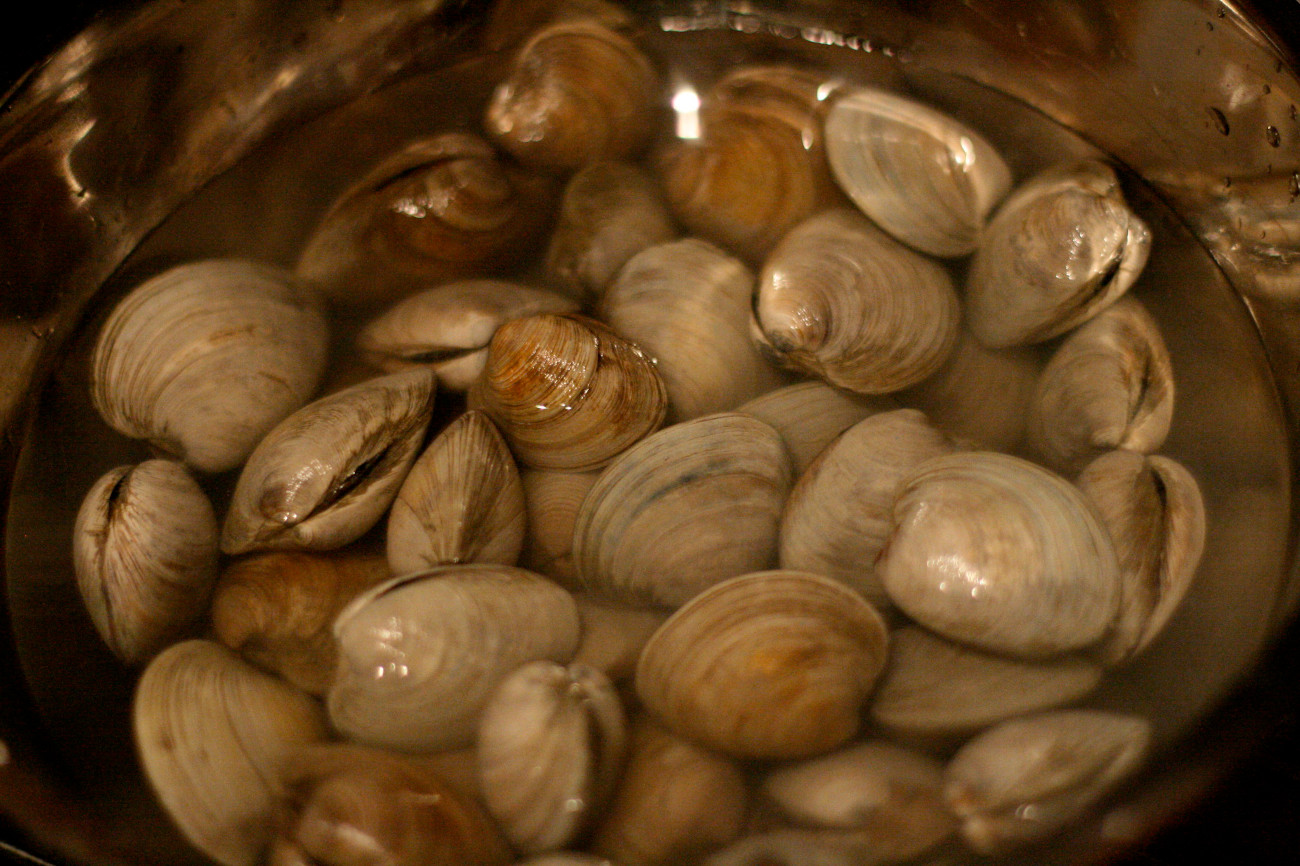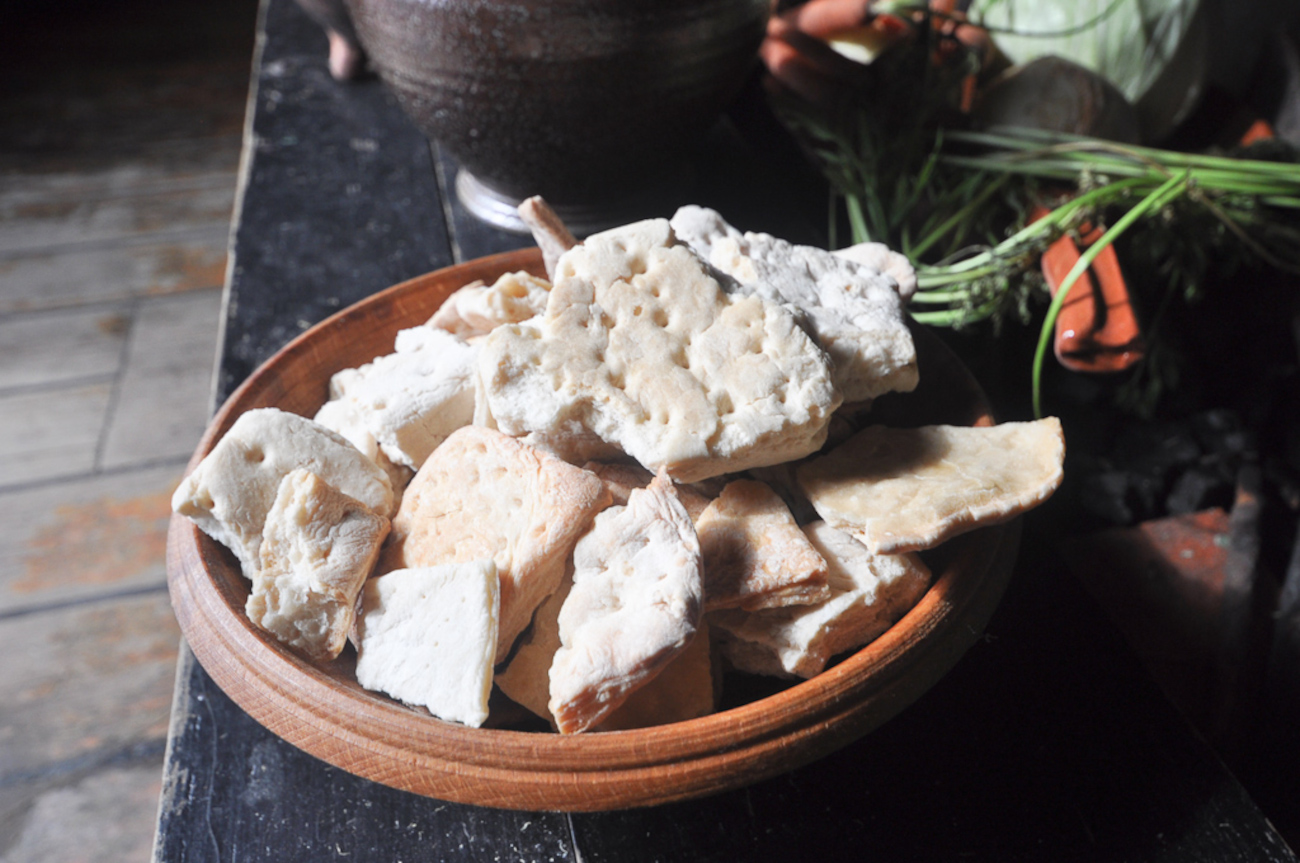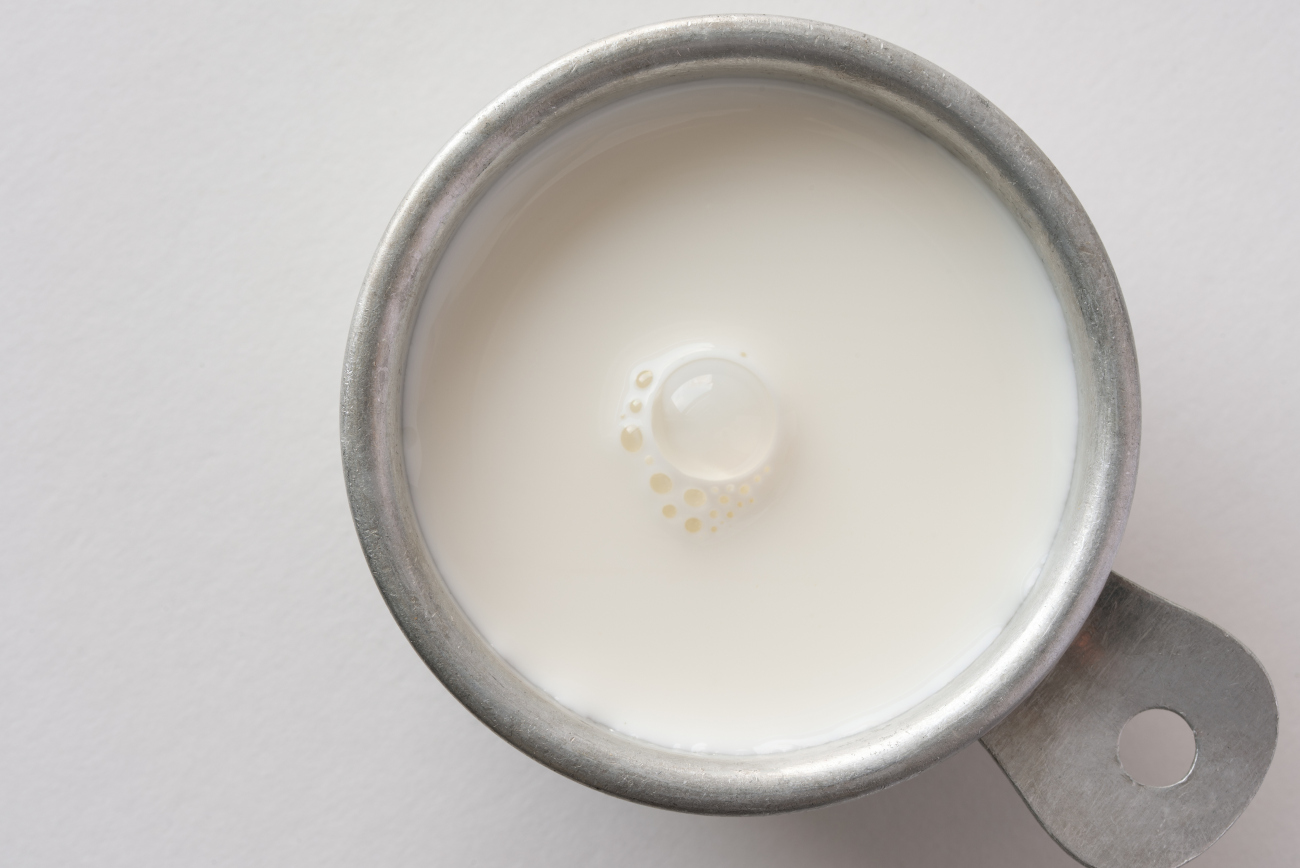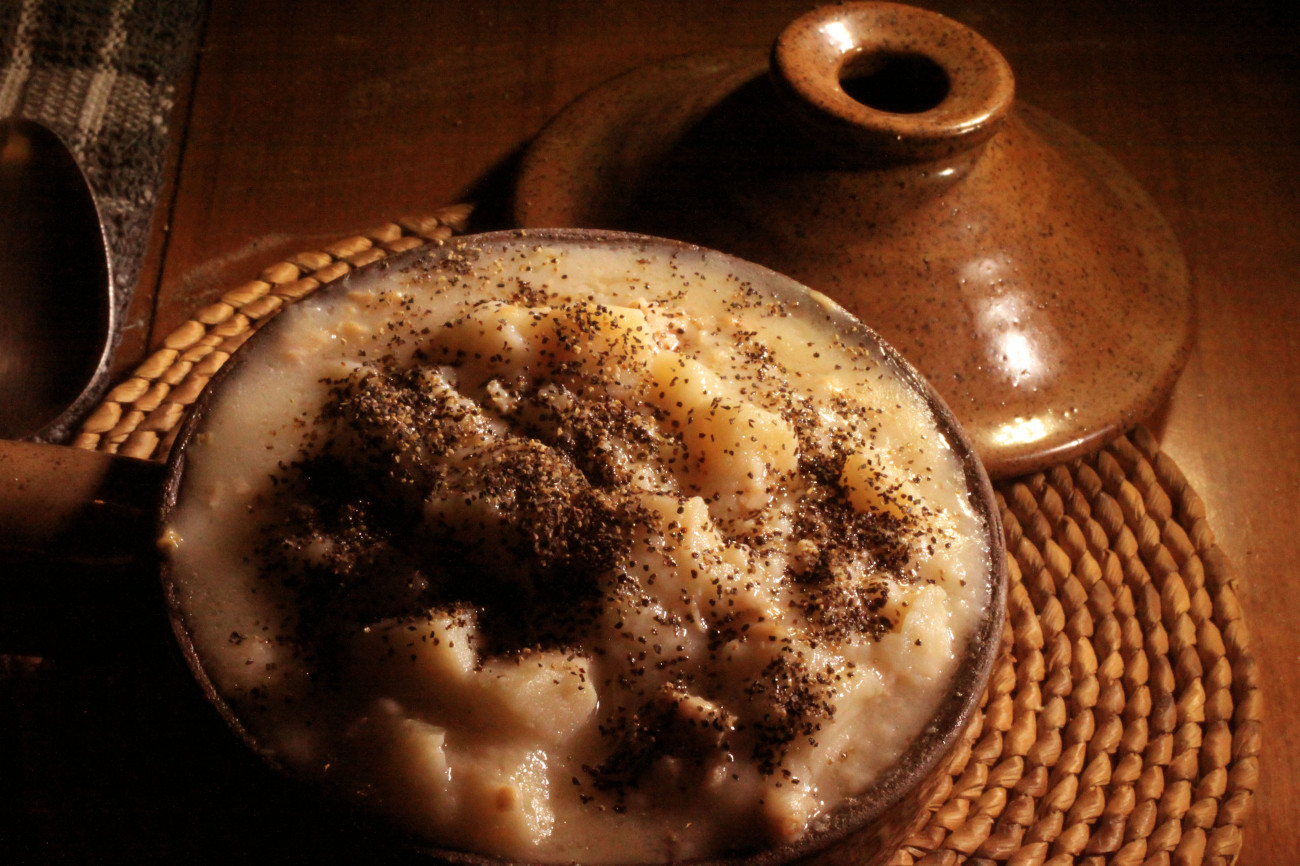In the wooden booths of a South Boston tavern or on the buffet line of a meat and three luncheon near a southern Atlantic beach town, a creamy crock of chowder awaits. Full of bacon, potatoes, and clams, this thick soup is perfumed with onions and garnished with parsley. The only thing you need to do is to pile on the oyster crackers. New England clam chowder wasn’t always this decadent, soul-satisfying spoonful of delight we know today. In fact, the qualities that we love about clam chowder weren’t even a part of the original version. The predecessor to clam chowder was something almost unrecognizable.

Chowder is an English butchering of the Latin word calderia, which means cauldron. By the time of the 18th century, the dish was written as chouder. Chowder, from this definition, shows that it was a hearty broth-based stew or soup of sorts. Stretching food out in a soup or stew was commonplace, and this culinary method was used in Europe and the British Isles, where cold winters left people to rely on what was either in dry, cold storage or preserved.

Yet, one doesn’t think of England or Europe being connected with chowder. This comfort food in soup form has almost always been associated with New England, however it is not chowder’s homeland. This stew has sea legs and was made by seafarers crossing the Atlantic or fishing up in Canada. Chowder was a way to eat their rations with whatever possible catch they could get on the open sea. Poor man herbs like parsley, sage, rosemary, and mustard seeds could be dried and stored in a ship alongside alcohol, salt pork, and hardtack. Combine these ship staples with a fish, and you had probably a prototype for today’s chowder. The culinary techniques of British Isle and continental European cauldron stewing combined with seafaring ingredients created something not quite European but not quite colonial America either.
A poem from a 1751 Boston Evening Post is one of the first American references to chowder.
First lay some Onions to keep the Pork from burning,
Because in Chouder there can be no turning;
Then lay some Pork in Slices very thin,
Thus you in Chouder always must begin.
Next lay some Fish cut crossways very nice
Then season well with Pepper, Salt, and Spice;
Parsley, Sweet-Marjoram, Savory and Thyme;
Then Biscuit next which must be soak’d some Time.
Thus your Foundation laid, you will be able
To raise a Chouder, high as Tower of Babel;
For by repeating o’re the Same again,
You may make Chouder for a thousand Men.
Last Bottle of Claret, with Water eno’ to smother ’em,
You’ll have a Mess which some call Omnium gather ’em.
From the poem, a chouder of the 18th century was clearly not our modern-day concept of chowder. It was oniony, briney, and heavily seasoned with herbs. Instead of potatoes, the main bulk of the dish was biscuits soaked in broth. Earlier versions of this chowder probably used hardtack or ship biscuits, which were — as their name implies — very hard. Clam? No. But fish, whatever mysterious fish you had, then yes. The layered fish and biscuits would then be covered with water and wine and cooked until done.
The poem was a parody of more romantic prose, and probably those reading this poem in 1751 were already quite familiar with chowder. Gradually, this fish chowder makes its way into various cookbooks of the 18th century (like Amelia Simmon’s American Cookery), which mirrors the poem’s similar brothy, winey fish stew.

So, how did clams get into this soup? The seafaring recipe only uses fish, but once this recipe was on the shores of the American colonies, it adapted to the ingredients on hand. Mollusk shellfish — like mussels, oysters, and clams — were bountiful in the colonies. Rivers throughout the original thirteen colonies were natively brimming with these mollusks, and the colonists took full advantage of this natural abundance. What made mollusk harvesting even better was the fact that you did not need a boat and could get plenty near the banks of the water. Harvesting clams, oysters, and mussels was a crucial part of a colonist’s food supply. Kept in water-filled barrels, these mollusks could be stored in a basement in the depths of winter for months. Having this protein on standby in a household definitely outshined the chowder’s original ingredient of fish.

Hardtack was specifically ship food and not something people made in a household. While one may think fresh bread would be a natural second-place alternative, most bread was made daily and prudently used in its fresh form, adding it to stews was not a first-choice option. Instead, hearty cold storage items like tubers were a natural ingredient to lean on as these tubers — like clams — were perfect winter ingredients to utilize at the same time. Additions like corn were a logical mix-in ingredient for colonists who would have integrated the native North American crop into their farming production. These two vegetables have loads of natural starches, making for a more satisfying viscosity than simple soggy crackers. The swap was probably less for culinary and textural pleasure and more for fiscal necessity. Making bread took time, preparing corn and potatoes for boiling did not.

The plot of chowder’s history thickens (literally) in the early 19th century, and can be documented in Mary Randolph’s 19th century Virginia Housewife. In her recipe, she mentions the addition of milk that’s thickened into a gravy with flour and butter.
Why was milk added to the chowder? There’s no direct streamlined reason, but one can guess based off of diets of the 18th century, food generally had a smoky, charred taste. While today we may think this is a great flavor, to have it permeating all of your food gets boring fast. A lot of cookbooks of this era write lengthy sections about how to prevent or mask the strong, smoky flavors brought on by hearth cooking. Having a creamy dish like chowder was a reprieve from those harsh flavors. While meat may have been a luxury, dairy products were frequent, as it was cost-effective to raise cows for dairy production and not for meat, yielding way more food over a long period of time.

By the 1850s, chowder was firmly established in the culinary repertoire up and down the Atlantic seaboard. Later, as expansion moved west and Pacific Northwest fishing boomed clam chowder followed suit and became the famous salmon chowder. This salmon version of the New England classic is still served in Pike Place Market today.
Clam chowder is versatile, adapting to the ingredients of the area and the desired tastes of the time. This soup took frugality and stretched into something luxurious.













